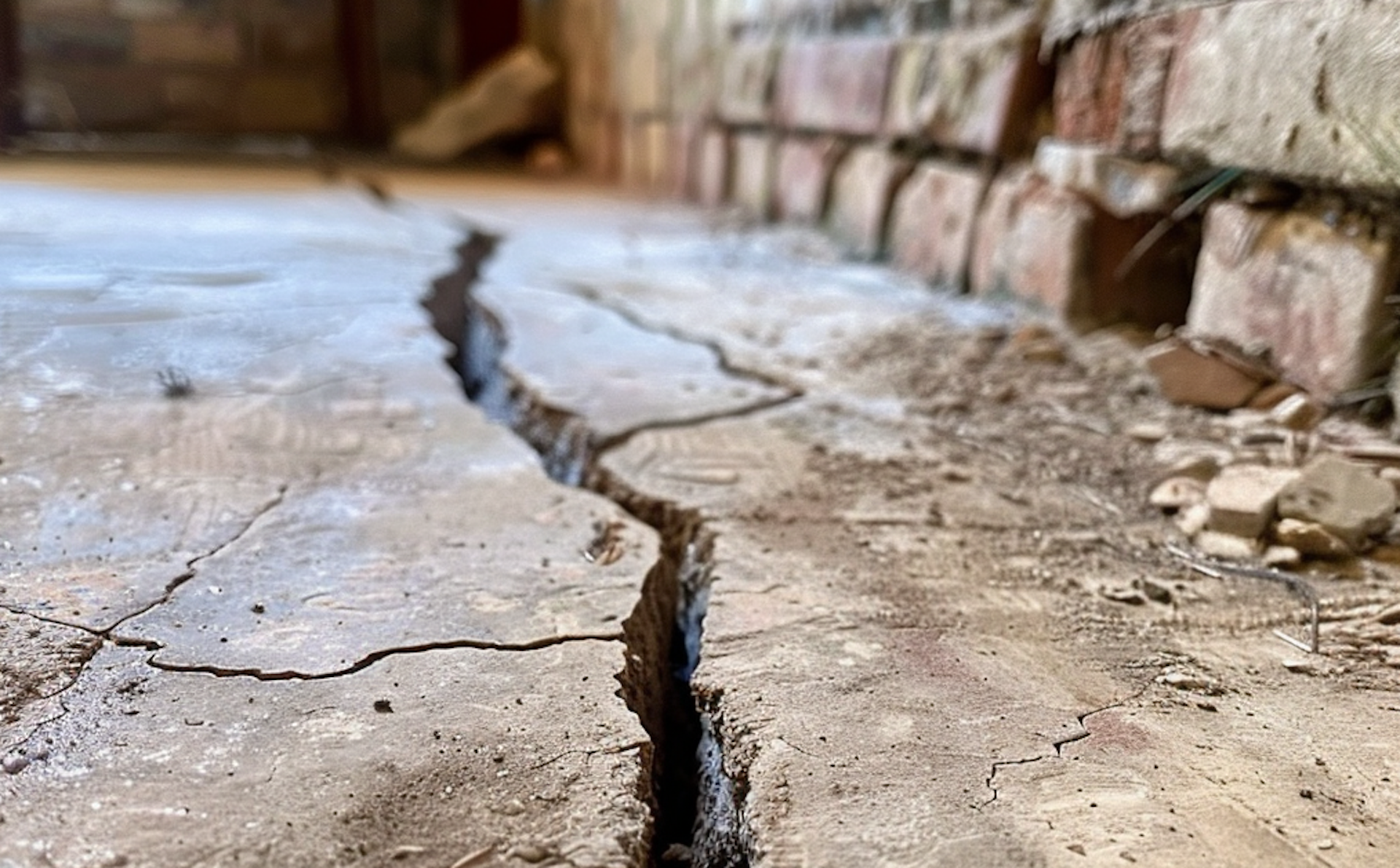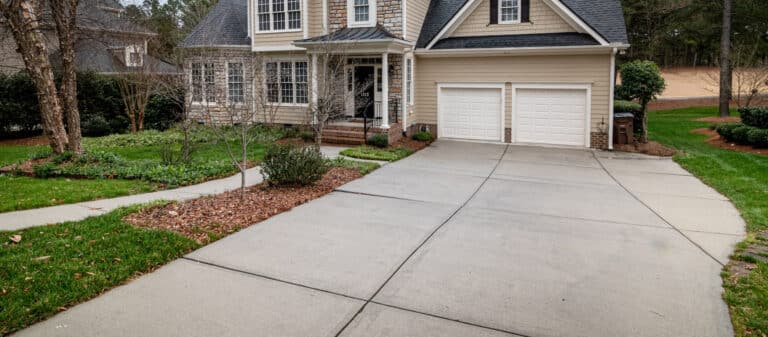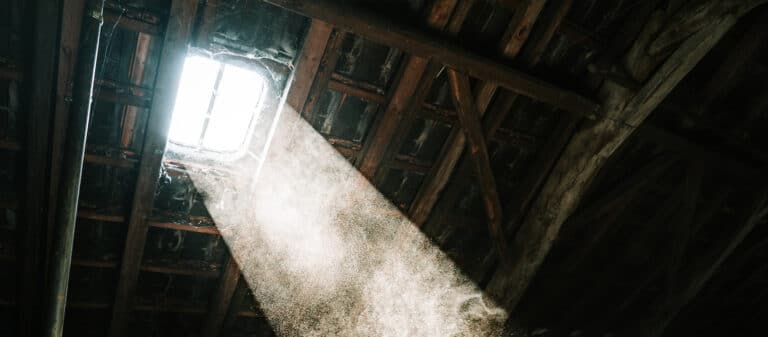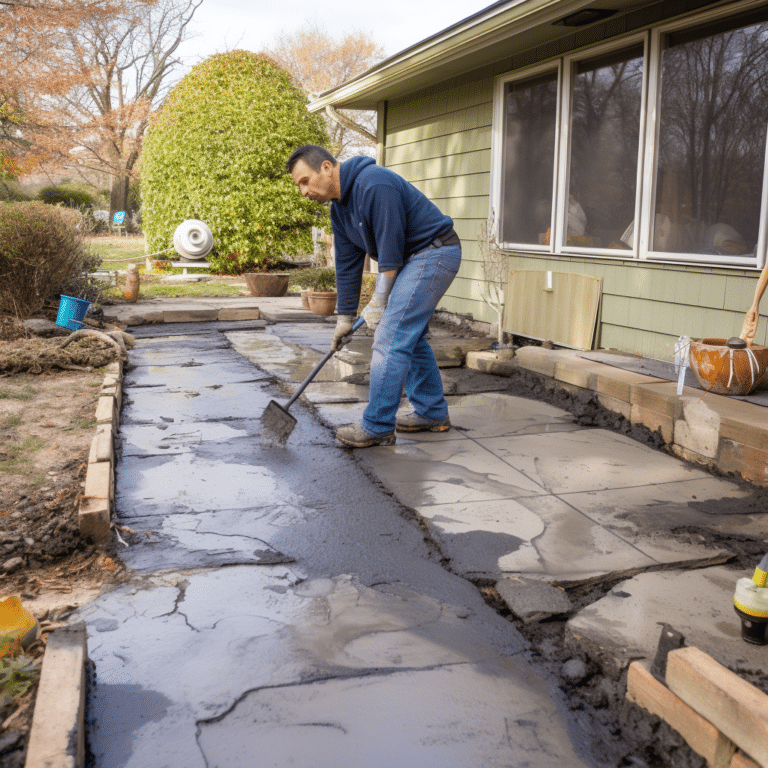Foundation issues can be costly for homeowners and lead to a litany of additional problems, ranging from cracked walls to sagging floors and even mold buildup.
While some natural settling is common for all foundations, excessive settling due to soil compaction, underground pipe leaks, and voids can accelerate foundation issues and leave your home in disrepair.
One long-lasting solution that can address these problems and may be more cost-effective for homeowners is polyurethane foam. This specialized technique, known as concrete lifting, uses penny-sized holes to inject a naturally expanding foam into voids beneath the concrete to lift and level them.
This relatively new foundation solution has quickly become popular for homeowners across Northeast PA who want to avoid costly repairs such as patching, jacking, or installing piers beneath their foundation.
What Is Polyfoam Concrete Lifting?
Polyfoam concrete lifting, also known as polyjacking, uses a special polyurethane formula injected beneath a concrete slab to lift and level the slab. The foam uses a non-toxic formula that expands within seconds and cures in as little as fifteen minutes to provide a solid foundation beneath the slab to support it. 
How the Process of Polyurethane Lifting Works
Technicians at EnergySmart will identify the source of your foundation disrepair, such as a void or cavity formed beneath the slab, and inject the foam into that void to support the foundation. The injection requires only a hole the size of the penny, and once the foam expands and hits the “point of refusal,” it will slowly lift the foundation until it reaches a level state.
How Long Does Polyfoam Foundation Repair Take?
Depending on the extent of the repair, repairing a foundation with polyurethane foam can take anywhere from a few hours to two to three days. According to a case study from a company in Sweden, they were able to complete a project in as little as 25 hours by pumping between 100 and 150 pounds of foam four to six feet beneath the slab.
On average, polyurethane foam cures in as little as fifteen minutes, unlike mudjacking, which requires up to 48 hours for reuse. This is important in the context of foundation repair because it provides immediate support to keep foundations leveled after installation.
How Long Does Polyfoam Foundation Repair Last?
Depending on environmental conditions, polyurethane foam can last anywhere from 25-100 years. In fact, it can be a long-term solution if no other factors weaken the surrounding area, such as uplift from the soil beneath.
Note: Polyurethane foam does not provide environmental resistance to uplift like foundation piers can. Nevertheless, if a void forms once again due to soil compaction or uplift, you can most likely use the same holes again to insert new polyurethane to fill in the new voids. When totaled up, this could be more cost-effective over time. 
The Benefits of Polyfoam for Foundations
Polyfoam foundation repair is the most cost-effective solution when void filling can be used to support a sinking foundation. It offers several advantages over other forms of foundation repair, including:
- Less intrusive installation: Polyurethane injection only leaves behind penny-sized holes and does not require the use of heavy materials, like concrete or sand, which can be dirty.
- Long-lasting: While some consider polyfoam a temporary solution, it can last up to 50 years or more under the right environmental conditions.
- Cost-effective: Concrete lifting costs as little as $500-$3500, depending on the extent of the repair. Compare that to installing new piers or foundation patches, which will total upwards of $5,000 or more.
- Water resistant: Thanks to its internal moisture resistance, polyurethane foam can resist environmental pressures, such as water buildup. This allows the solution to last longer than other materials, such as concrete.
- Less labor costs/Installation time: Polyfoam is much more affordable than traditional concrete repair because it requires less labor and less time to install.
If you’re looking for fast, affordable, and long-lasting foundation repair in Northeast PA, let the experts at NEPA EnergySmart help. Our polyurethane solution can level sinking concrete and fill voids underneath the slab to provide long-lasting repair. Contact us today to learn more about how it works and how much it costs!
FAQs
How does polyfoam differ from traditional foundation repair methods?
Traditional methods, like mudjacking or piering (also called underpinning, which involves installing a system of vertical anchors underneath the structure so that its weight is supported by soils that are deeper and more stable than those near the surface), involve using heavier materials like concrete or metal piers. Polyfoam is lighter, more expansive, less invasive, and quicker to apply. It can also be used in areas with limited access.
Is polyfoam repair suitable for all types of foundations?
Polyfoam repair is suitable for many types of foundations, including those made of concrete and masonry. However, its applicability may vary based on the extent of the damage, soil conditions, and the specific foundation type.
How is polyfoam injected into the foundation?
Small holes are drilled into the foundation or concrete slab, and the polyurethane foam is injected through these holes. The foam then expands, filling voids and lifting the structure as needed.










